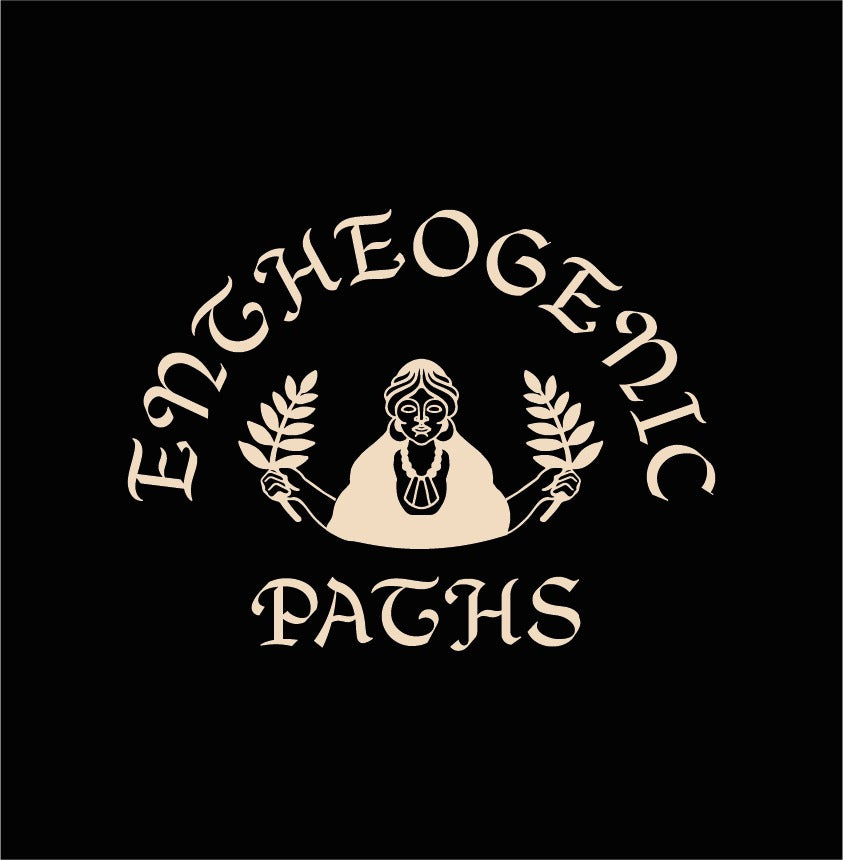Piper Methysticum - Kava Kava Ointment
history:
The use and cultivation of this plant in the Polynesian islands spread with the beginning of the settlement of the islands (1200 BC).
The ethnologist R. and. Williamson made a demonstration between the Soma and Kwa rites and assumed that the Kwa rites spread from India to the Polynesians.
Another ethnologist claims that two indigenous cultures settled in Polynesia. There is evidence of ancestors from the South Asian region and also of Native Americans.
According to their basic use of entheogens, he divided them into the people of the idle and the people of the water.
To this day, the places where the betel nut is chewed and the places where the keva is chewed are geographically different.
- In Australia, the keva plant has been important to the aborigines since the late 1980s.
Some of the natives there use this drink to treat alcoholism, while others drink this drink in macrodosing to deal with and solve new problems that arise.
Mode of effect:
The phytochemicals responsible for the intoxicating effects of the plant are called "coalactones", so far about 18 have been identified.
Kava produces a relaxing effect and mild euphoria, sometimes relieving depressive moods, inducing mental clarity and making the user social and chatty.
The effects start about 30 minutes from the moment of consumption and last about two hours at most.
Some of the more potent strains and extracts of kava cause effects that can last up to 48 hours.
Some people claim that kava has the same effect as a high dose of alcohol, others claim that the level of stupidity resembles opium.
The effect of keva was even compared to those of compass lettuce and hashish.
Ceremonial Use:
The basic pattern of these rituals is fixed.
First, the drink is prepared accompanied by prayers and songs.
After that, the participants sit in two groups, facing each other or alternatively, sit in a circle.
The priest of the ceremony distributes the drink equally to all participants.
The ceremony, which is usually accompanied by collective singing and sometimes dancing, ends after a few rounds of drinks.
Finally, the location where the ritual was performed, the temple and the ritual vessels undergo cleansing and purification.
Traditional belief systems:
• In Samoa, the big roots are called lupesina - great honor.
These roots are presented as a gift to people who acquire respect for them, a gift that is not intended for consumption.
Samoans, during kava ceremonies, usually ask their gods for health, long life, healthy grain and success in battle.
• Keva roots, in the past and in the present, are an offering in temples and holy burial sites, these are even placed on the graves of family members as a parting gift. (There is a myth according to which the first keva plant grew next to the grave of a leper).
• In the Marquesas Islands, there is a belief that the kwa plant was born to the god Ata (Polynesian mythology) - a god who is the lord of farmers, provides rain and food.
• In the islands of Vanuatu and other islands in the Pacific Ocean, the keva plant is used for witchcraft.
Bonoato the practice is known as 'alioro' and is used to transmit disease or death.
On the other hand, in Hawaii, keva is considered a means of removing spells.
Modern usage:
- In Samoa kava is considered an aphrodisiac, tonic and stimulant.
The root is used to treat gonorrhea and is widely used as an internal and external pain reliever.
A decoction of yellow leaves is given to children as a sedative.
- In Hawaii, restless children receive on a daily basis keva root that has been pre-chewed by their mothers.
- In New Caledonia, the leaves are chewed to treat bronchitis.
- Analyzes show that keva acts as an antibody to strychnine.
- In New Guinea, large amounts of kava are consumed to numb sensation before tattooing.
- In Vanuatu, the use of kava in urban areas is mainly for social purposes, kava bars are abundant.
In rural areas the more traditional ritual use takes place in the evening hours in structures called 'nakamals'.
- In Fiji the kwa is known as yakona/yagona and is widely used socially
.
The information was translated from the encyclopedia of Christian Ratch
By purchasing this paste you will receive a 30 ml glass jar
Ingredients: Pepper methisticum root extract (30% colactones), Pepper nigrum essential oil (black pepper), vitamin E and hemp oil.
+There is no substitute for a doctor's recommendation+ in writing
